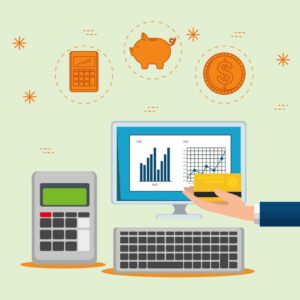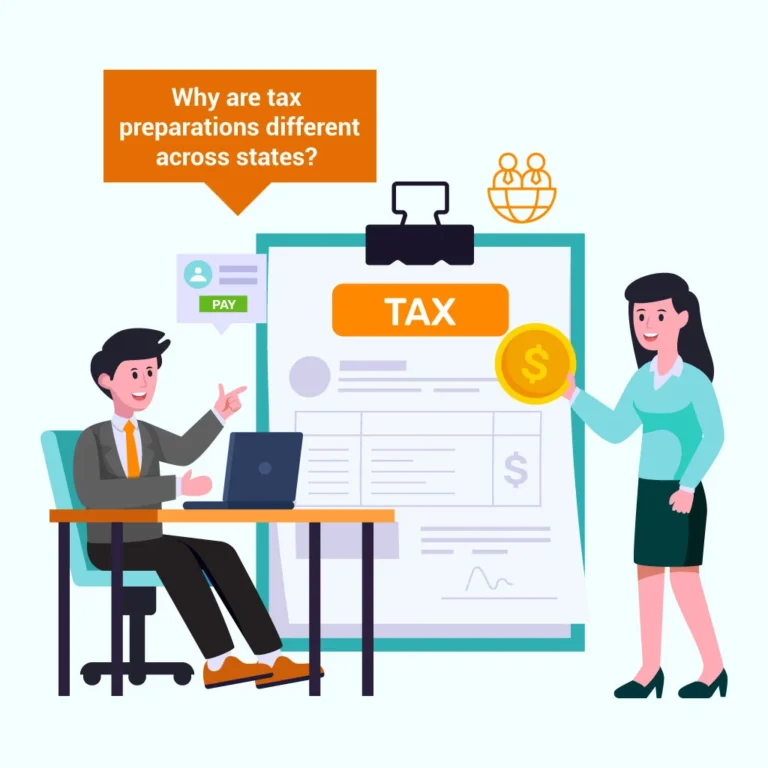Are you trying to find methods to reduce your healthcare costs? Do you know about FSA or HSA accounts? These options are not well understood, but they can save you money.
If you’re lucky enough to have employer benefits that offer an HSA and/or FSA option, get ready to learn about how you can use these accounts to your advantage. As someone with a substantial tax background, I can tell you that pre-tax health insurance payments are also beneficial to your family’s financial health.
We’ll cover all the essential information about FSAs and HSAs in this article, including how they operate, what they cover, and how to get the most out of them. So, get ready to save some money and improve your healthcare experience.
It's time to save some money on health insurance options!
It’s that time of year to sign up for health benefits. If you are one of the lucky ones with employer benefits, you should do a happy dance! If you’re offered a Health Savings Account (HSA) and/or a Flexible Spending Account (FSA) option, get ready to feel good about saving some money!

As someone with a substantial tax background, I’m drawn to the benefits of FSA or HSA options. However, these options are not well understood. If they were, more people would be using them whenever possible.
Choosing your health insurance will depend on many factors. These factors may include your age, overall health, whether you are single or have a family, whether you have any upcoming surgeries scheduled, your estimated number of doctor visits, medications you’re prescribed, and much more.
If your employer offers health benefits, you will generally pay for some portion of that health insurance, pre-tax, which is a big plus.

Let’s assume you’re married and doing pretty well, so you’re in a tax bracket at 22%. You’re probably contributing around $600 a month toward your family’s health insurance. That means that $600 of your monthly income is bypassing payroll taxes (which are close to 8%) and your Federal tax bracket of 22%, literally saving you more than $250 a month in taxes. That means a savings of more than $3,000 a year!
Here’s how it breaks down:
| Earnings | $851 | Calculated amount needed if taxed to cover $600/mo |
| Less: Taxes | -$251 | =$851 * 30% per above |
| === | ||
| $600 | Amount need for monthly Health Insurance premium |
That example shows how pre-tax health insurance payments are also beneficial to your family’s financial health. The benefits, as seen in the calculation, are a relatively low estimate because it excludes state taxes (unless you live in one of the seven states with no state income tax).
What Are FSAs and HSAs?
As we all know, health insurance doesn’t cover everything. Even with the best health insurance plans, we end up being responsible for paying deductibles, co-pays, co-insurance rates, and more. The average deductible amount in 2020, according to one survey, averaged nearly $8,450.
So, what happens if you have to pay for something not covered by insurance?
As usual, it boils down to taxes!
It’s more expensive to pay for any of your medical bills with after-tax money. In our example, you have to earn $851 to pay $600 worth of medical insurance.
Wouldn’t it be nice to use pre-tax money to pay for the stuff that insurance doesn’t cover?
Well, that’s where FSAs and HSAs come in.

Understanding Flexible Spending Accounts (FSAs)
A Flexible Spending Account (FSA) allows you to set aside a portion of your paycheck into a separate account to pay for healthcare expenses each year. When you pay for a medical expense, you can be reimbursed through the FSA.
Money from your FSA can cover a wide range of expenses ranging from over-the-counter medications, like Tylenol, to eyeglasses, doctor visits, surgeries, and more.
In 2022, you will be allowed to contribute up to $2,850 pre-tax. However, there is a catch! You’ll have to use that money for expenses in 2022. So, you’ll want to accurately estimate how much you’ll spend in the coming year on medical costs. It’s a use it or loses it proposition.
Qualifying FSA Expenses
Almost everyone regularly buys some form of over-the-counter medication (the kind that doesn’t need a doctor’s prescription).
Although the rules are always subject to change, here’s a list of some qualifying purchases:
- Headache medicines, such as Tylenol and Aleve
- First aid items, such as Bandaids and burn creams
- Cold and flu products, such as DayQuil and NyQuil
- Heartburn medications, such as Mylanta and Alka-Seltzer
- Allergy medications, such as Claritin and Allegra
- Sunscreens, such as Banana Boat and Neutrogena
Yes, even sunscreen counts!
So, maybe these over-the-counter items don’t cost a ton of money, but over time, it adds up, especially when combined with your out-of-pocket payments not covered by your insurance (deductibles).
Now add all the other health-related items you pay for that are not covered by your health insurance, such as:
Eyeglasses (average cost = $196)
Eye exam (average cost = $200)
Contacts (average cost = $200-$500 yearly)
Chiropractor (average cost = $65 per visit)
Dental treatments (average cost = $1000 yearly)
As you can see, many different expenditures will qualify.
The key to successfully managing your FSA is to estimate your spending for the year and then use that figure to determine your contribution. If you overestimate and end up with additional funds at the end of the year, use that money to purchase qualifying over-the-counter items and make up the difference. Be sure to check with your employer about how unused FSA funds are handled.
But, if you decide to max out your FSA at $2,850 because you have to pay for braces (like Mak & G), you can save over $1,200 in taxes.
Yeah, baby!!!
It’s better than a poke in the eye.

Understanding Health Spending Accounts (HSAs)
A health savings account (HSA) is like an FSA with one significant difference. An HSA is only available to taxpayers enrolled in a high-deductible health plan (HDHP).
An HDHP plan has a much higher deductible than traditional insurance plans. While the insurance cost of an HDHP plan is typically lower, you will have to pay more of your health care costs out of pocket before the insurance company starts to pay its share.
HDHPs are often combined with an HSA, allowing you to pay for qualifying medical expenses tax-free.
My research shows that qualifying items purchased using FSA or HSA proceeds are virtually identical, and qualifying items continue to change for the better. On January 1, 2020, 20,000 new qualifying expenses were added.
Check out this great video which will give you an overview of HSAs:
Because of the high deductibles associated with HDHP plans, families can contribute up to $7,300 into their HSA for the calendar year 2022. You’ll save more than $3,100 in taxes using the maximum contribution.
WHOOOOHOOO!!!
That’s a ton of cabbage. Plus, a real benefit is that it can be used for years to come, even if you no longer have an HDHP.
Unlike an FSA, you won’t risk losing the portion of your contribution that you don’t spend with an HSA. So, you don’t have to be too worried about forecasting your yearly spending.
It is easy to figure out which insurance plans qualify as HDHP, as they are usually labeled as such, but contact the friendly folks in HR if you still have questions because they’ll know.
FSA or HSA: What's the Point?
The point is, you shouldn’t be afraid of saving money, and one of the best ways to save money is by utilizing an FSA or HSA to pay for medical expenses not covered by your insurance.
FSA or HSA offers substantial tax savings.
At a summary level:
- An FSA is a flexible (health) savings account that expires after a year.
- An HSA is a health savings account that, in most cases, can be utilized for years to come.
- An FSA is available to anyone if their employer offers the option.
- An HSA is available to anyone with a high deductible health plan (HDHP).
- An FSA and HSA both cover an array of healthcare-related expenses.
It’s that simple.
Now you need to make sure that you work health account contributions into your budget, and you’ll be good to go.
You know you will spend the money anyway, so these accounts are a no-brainer that will ultimately help you save money.
After all, it’s Fun Saving Amounts (FSA) of money from taxes! 🙂









